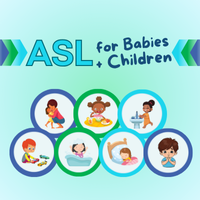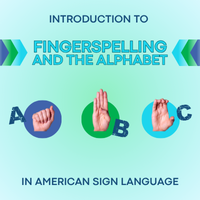
Raising Deaf Children From a Foreign Land
The DNA heredity companies are very popular right now. Every time you turn on the television you see a new touching commercial of how people’s lives have been changed. While watching a recent commercial, there was a woman who, all her life, thought she was primarily from one genetic background and her ancestors came from one place and lived her life accordingly. However, after getting the results of her DNA test, she realized her ancestry really was from a totally different part of the world. The commercial ends showing her standing in front of a mirror wearing the ancestral clothing of her "new" native country and embracing and celebrating her new found information about herself.
This got me thinking about deafness. I wish more people could have this reaction when they first find out that their child is deaf. Unfortunately, many in the medical field approach deafness from what is known as the Medical Model and see it as a disability that needs to be fixed, rather than a part of an ancestry that needs to be explored, learned and cultivated.
This may stem from the often unknown fact that over 90% of deaf and hard of hearing children are born into families that are NOT deaf themselves. This is not common knowledge to many people. When I have posed the question to my sign language students and families I’ve worked with over my career as an educator, many believe that the percentage of deaf children that are born to hearing families is low, like 3-5%. I think their thought process is that the hereditary gene of deafness is the major factor in determining a child’s deafness. That is not, however, accurate.
The families that make up this over 90% are busy with their lives and most likely have many other things going on like work, schooling, raising other children, etc.. so when a child with a different "genetic background" enters their family, it can seem like an unexpected challenge. Often times this child requires another language to be brought into the home. Things may have to be taught and communicated in a way that is different from what has traditionally been done in this home. It doesn’t mean it can’t be done. It just means that extra time and effort and systems are going to have to be put in place so this uniquely different child can still be a part of their biological family, as well as the child’s "ancestral Deaf family."
Many of these hearing families aren’t familiar or educated on Deaf culture and don’t realize it has a rich history, customs, and community. Just as the woman in the DNA commercial put on her "new" ancestral clothing at the end of the commercial, families can education themselves on Deaf culture and choose to embrace and celebrate it.
ADVERTISEMENTS
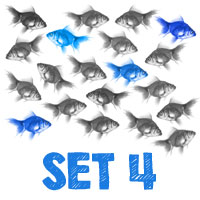 Signs That Are Close... But Not the Same - Set 4
Signs That Are Close... But Not the Same - Set 4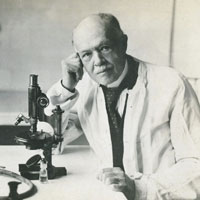 Living Loud: Charles Nicolle - First Deaf Nobel Award Recipient
Living Loud: Charles Nicolle - First Deaf Nobel Award Recipient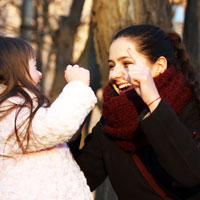 The Importance of Early Exposure to American Sign Language with Deaf Children
The Importance of Early Exposure to American Sign Language with Deaf Children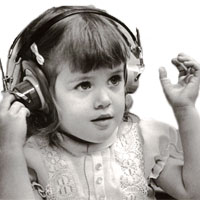 Debbie Wright's Story: A Journey of Discovery with Usher Syndrome and Being Deafblind
Debbie Wright's Story: A Journey of Discovery with Usher Syndrome and Being Deafblind 5 Tips for Overwhelmed Parents of Deaf Children
5 Tips for Overwhelmed Parents of Deaf Children




